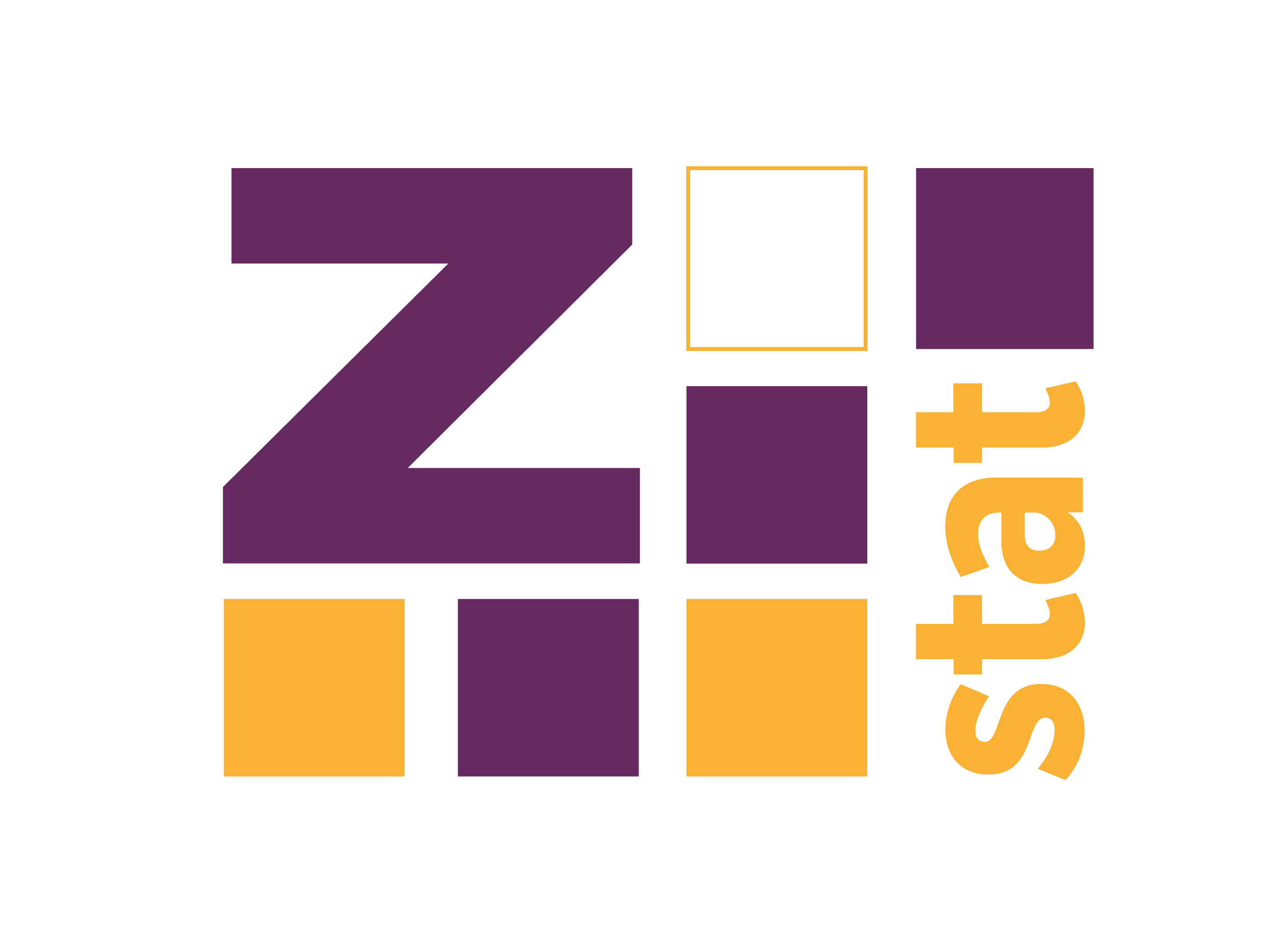The flextable table is an excellent package for creating beautiful tables, especially if you want to export them to the pptx file. However, it might be a bit problematic to set the proper font size for the given size of the table.
E.g., I have a table with five rows (+ 1 header row), and I want to create a table which height is 2 inches. What’s the best font size for this setting?
In one of my projects, I had to choose which language I would use to write some small module - C, C++ or Lua. I didn’t want to use C, because the module required a lot of string handling. Another option was C++, but some other parts of the system were written in Lua, so I thought it would be much easier to integrate everything without switching languages, and I had heard some good things about Lua, so in the end, I decided to give it a shot.
Here is my short list of materials related to Deep Learning and NLP that I found useful during my exploration of this topics. I don’t think that this list is exhaustive, but maybe you will find something useful;)
Videos: General introduction: http://www.fast.ai/ - an introduction to Deep Learning focused on examples. There are a lot of Jupyter notebooks supplementing the course - https://github.com/fastai/courses/tree/master/deeplearning1/nbs. https://www.coursera.org/specializations/deep-learning - Deep Learning specialization from Andrew Ng.
Shiny apps are a very convenient way of sharing your work with others, especially with non-technical co-workers. The best way is to deploy your app somewhere on the internet (or intranet), so the user won’t need to install R, packages, and other stuff, let alone the need for easy updates.
There’re a few ways to host your applications, and all of them comes with some pros and cons:
Shinyapps http://www.shinyapps.io/ The most natural solution is to put your app on the shinyapps.
In the previous post about shiny modules, I described how to dynamically add new modules, or even select a module type from a few possibilities. The main problem was that the new module is added inside an observer function, so we cannot directly get the returned value of the new modules.
However, we can solve this problem quite easily using reactiveValues. We just add a parameter to the module’s server function in which we will send the reactive value used to communicate between the main application and the module.
My first package published on CRAN - DepthProc recently hit 20k downloads.
library(cranlogs) library(ggplot2) downloads <- cran_downloads("DepthProc", from = "2014-08-21", to = "2018-06-10") ggplot(downloads) + geom_line(aes(x = date, y = cumsum(count))) + ylab("Downloads") + xlab("Date") + theme_bw() + ggtitle("DepthProc", "Download stats") There are some jumps on the line. I wondered if they all occurred just after the package release (old users updates to the new versions). Here’s some code to check this.
I had some time to look at some of my started, yet never finished projects. I found something which served me very well for some time, and it was quite useful.
In my one project, I was working with a lot of large logs files. In the beginning, I was loading the whole file into R memory, and then I was processing it using stringi package and other tools. This was not the best solution.
I enjoyed work with Facebook’s fastText (https://github.com/facebookresearch/fastText) library and its R’s wrapper fastrtext (https://github.com/pommedeterresautee/fastrtext). However, I want to spend some more time with StarSpace library (also Facebook’s library for NLP). Unfortunately, there’s no R package for StarSpace!
It’s quite surprising because I there are thousands of packages. Nevertheless, this one is missing. In the end, I decided to write my wrapper - https://github.com/zzawadz/StarSpaceR.
I had some problems with compilation because of dozens of compiler flags which must be set before compilation.
My primary language for data analysis is still R. However, when it comes to the Big Data I prefer Scala because of it is the central language behind Spark, and gives more freedom than the sparklyr interface (I sometimes use sparklyr, but this is a topic for another post).
When I started my journey with Scala I found, that it is possible to achieve a lot with knowing just the Spark’s API and a bit of SQL.
Quite recently someone asked about if it’s possible to use my dragulaR (https://github.com/zzawadz/dragulaR) package with renderUI. My first thought was that this might be quite hard. I knew that insertUI is not a problem because you can set ‘immediate = TRUE’ parameter, and just after that use ‘js$refreshDragulaR(“dragula”)’ to refresh the dragula container. However, with insertUI you cannot simply use refreshDragulaR, because it must be called when all the elements in the uiOutput are ready, and this is not so easy to do so.
